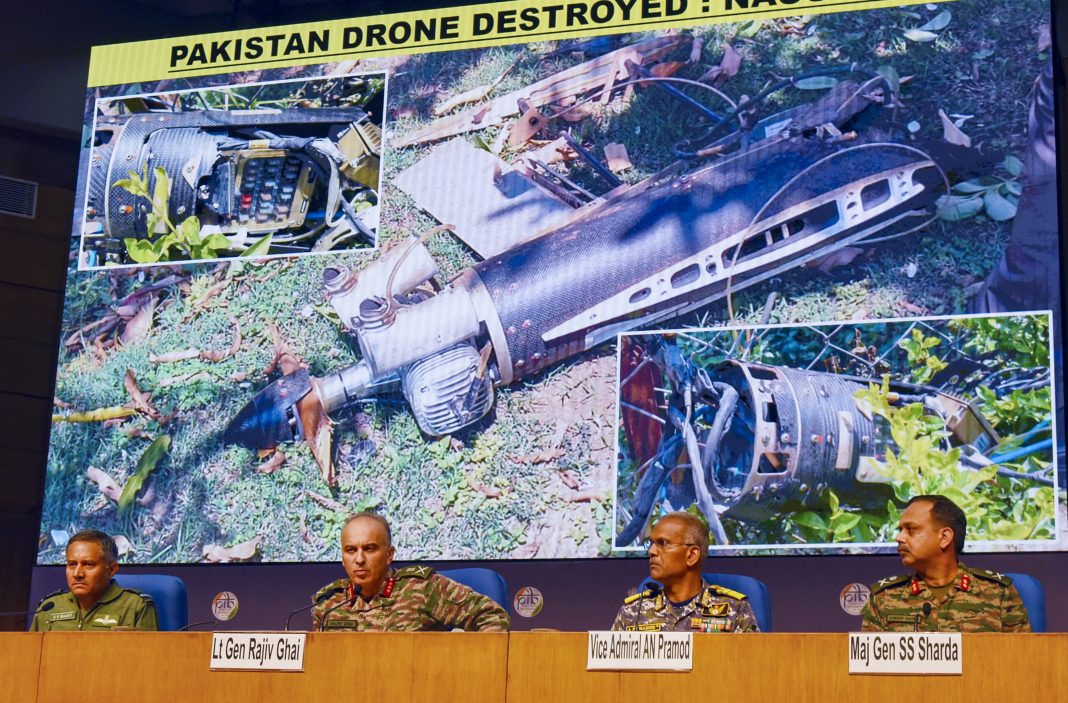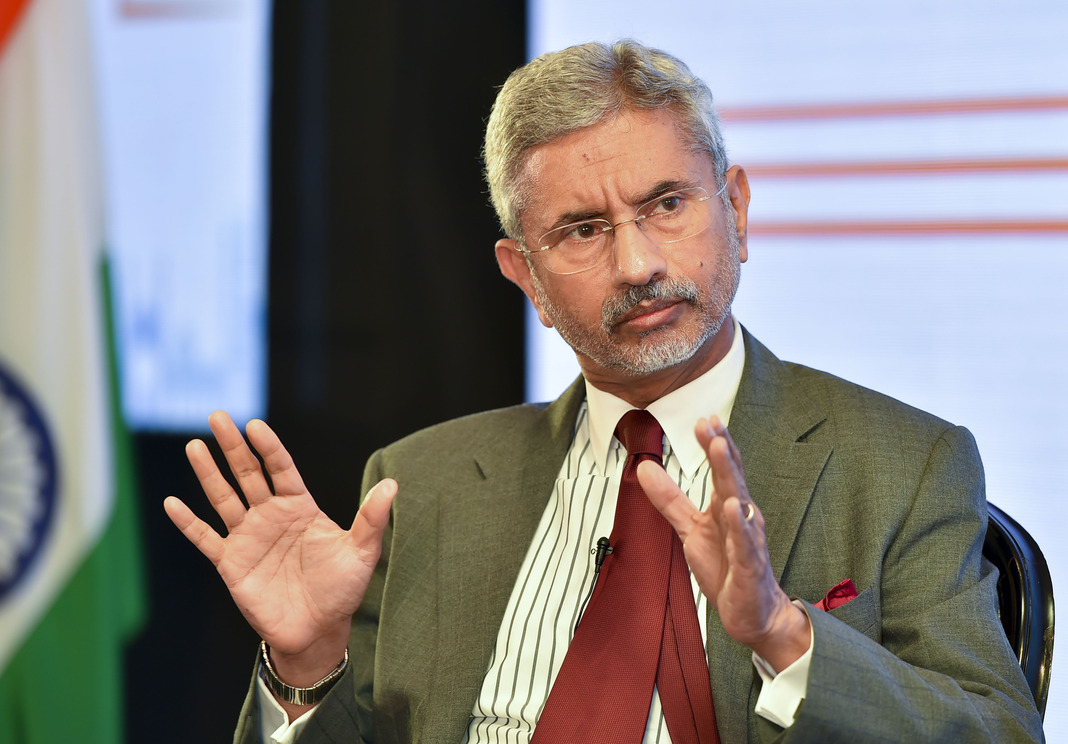
New Delhi, May 12: A top IAF officer on Sunday said whatever methods and means the Indian armed forces chose during Operation Sindoor had the “desired effect” on enemy targets, the objective of “decimating terror camps” was achieved and “all our pilots are back home”.

Director General of Air Operations, IAF, Air Marshal AK Bharti, during a media briefing here also said that the Indian armed forces responded in a “quick and calibrated” manner after Indian military installation and civilian areas were targeted following the early May 7 strike on nine terror camps.
Under Operation Sindoor, the Indian military targeted Markaz Taiba of Lashkar-e-Taiba (LeT) in Muridke, Markaz Subhan Allah of Jaish-e-Mohammad (JeM) in Bahawalpur, Hizbul Mujahideen’s Mehmoona Joya Facility in Sialkot and the LeT’s base in Markaz Ahle Hadith in Barnala and its camp in Muzaffarabad’s Shawai Nalla, military officials said.
“We carefully selected the targets and out of the nine selected targets, the target systems that were given to the IAF were the notorious training camps at Bahawalpur and Muridke,” he said.
Air Marshal Bharti said while aerial intrusions were being done by drones and other aerial assets sent by Pakistan, it was “Our robust AD (air defence) posture” that largely prevented them from coming in.
“On May 7, we were saturated with raids of UAVs and small drones, and these came in waves, in our civilian areas, over our military installations and all of these were successfully intercepted, few of them did manage to land, there wasn’t much damage that they did,” he said.

As they had targeted our military installation and civilian areas, “we had to respond”.
“Our response was quick and calibrated, we struck their radar installations at Lahore and close to Gujranwala… We wanted to indicate that we are ready and yet we do not want to escalate, our fight was with the terrorists and not the Pakistani military infrastructure,” the Director General of Air Operations said.
Operation Sindoor was launched early May 7 to destroy nine terror infrastructures in Pakistan and Pakistan-occupied-Kashmir in retaliation to the April 22 Pahalgam terror attack. All subsequent retaliations to Pakistani offensives were carried out under this operation.
He said Pakistan had done an “insensitive” act by allowing operation of civilian airliners during these actions.
“We had to exercise extreme caution, even at the cost of some tactical disadvantage, to ensure there is no damage to any of the civilian aircraft,” Air Marshal Bharti said.
Asked about reports in the foreign media of losses of Indian fighter jets, Air Marshal Bharati said, “We are in a combat scenario and losses are part of combat.”
“All I can say is that we have achieved our objectives that we selected and all our pilots are back home,” he said.
The Director General of Air Operations said “whatever methods and whatever means we have chosen, it had the desired effects on the enemy targets”,
He said to start with “our aim was not to inflict casualty, but in case there have been, it is for them to count. Our job is to hit the target, not to count the body bags”.
The IAF officer said its response was directed only at military installations avoiding civilian and collateral damage.
“Have we achieved our objectives of decimating the terror camps and the answer is a thumping yes, and the results are for the whole world to see.”
He added, “We have the capability to target every system at these bases and more. However, it was only a measured response to instil good wisdom in our adversary to refrain from further escalation.” (PTI)





